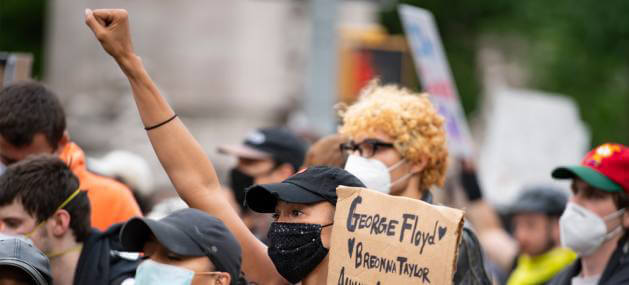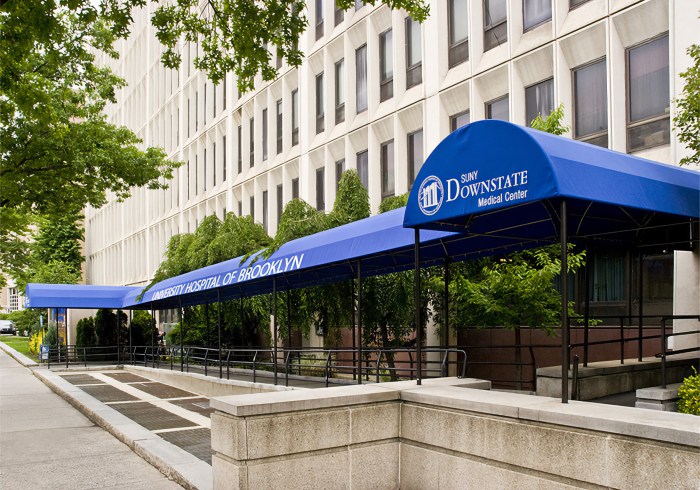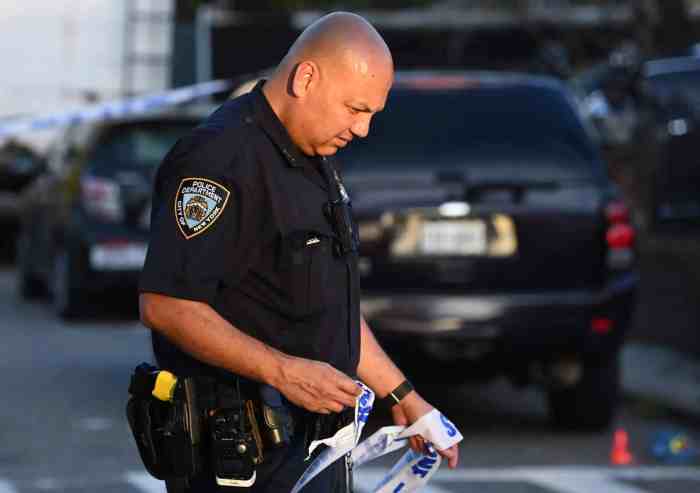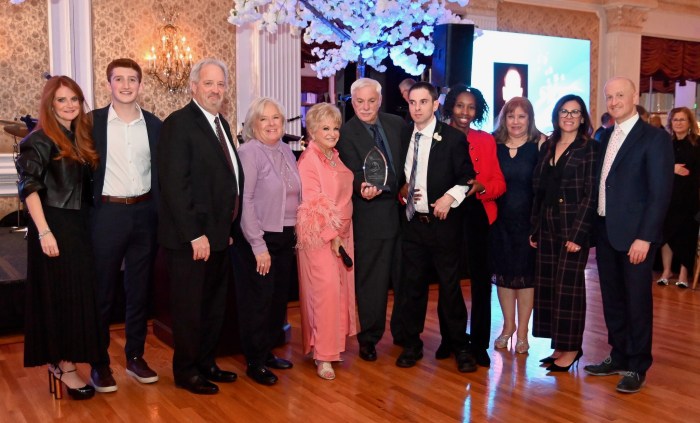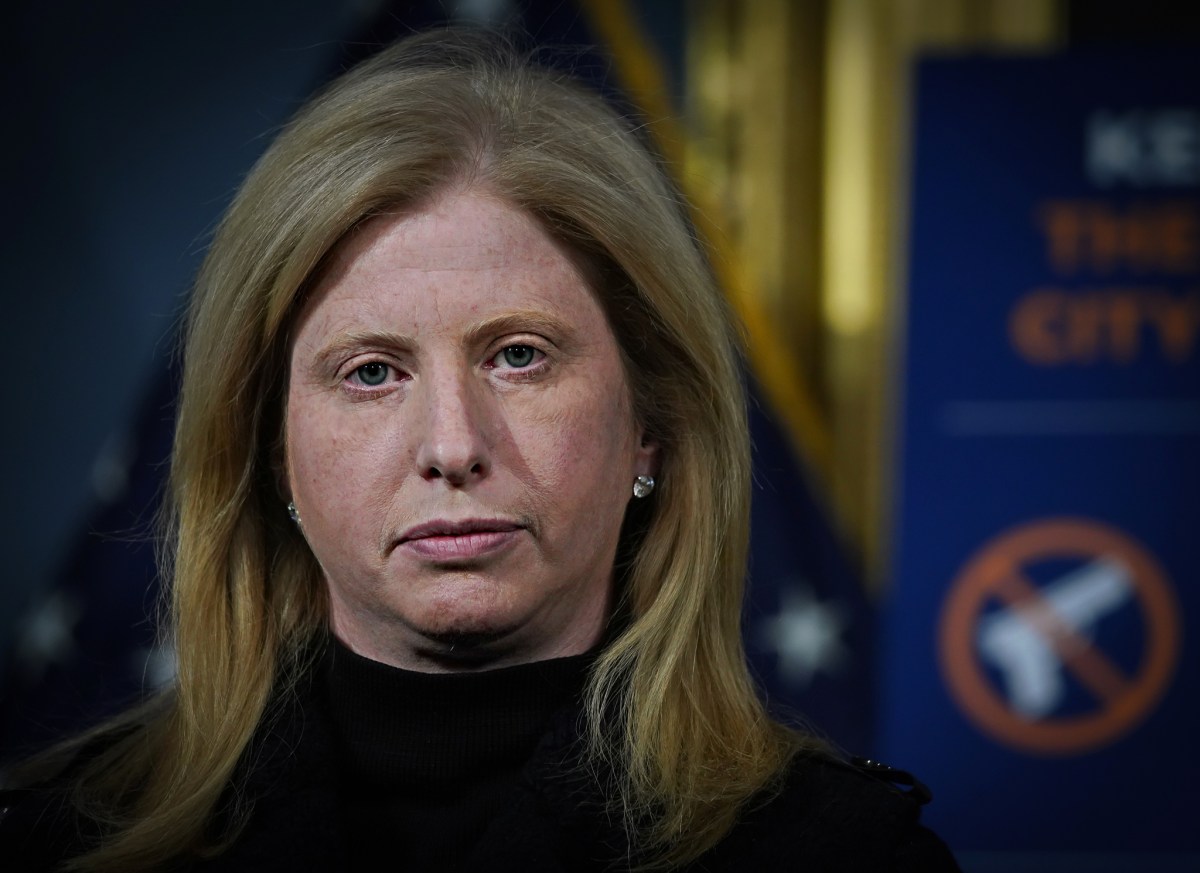– In a powerful address at the Hungry Club Forum on 10 May 1967, Martin Luther King Jr. spoke about US’s so-called “three original sins,” the evils of slavery, poverty and war or, more generally, racism, materialism and militarism.
Great strides had been made in the United States in combating racism since those words were uttered, but the events of the past year have shown that there is still a long way to go and the gains are still fragile.
Lenin’s old maxim, ‘There are decades where nothing happens; and there are weeks where decades happen’, seems to apply to the events since George Floyd’s death. The gruesome killing of George Floyd in Minneapolis, Minnesota, on 25 May 2020 gave rise to an unprecedented campaign against police brutality in the United States, and in turn has acted as a fuse for a worldwide uprising against racism and inequality.
George Floyd was arrested, handcuffed and pushed face down to the ground while a white police officer pressed his knee on his neck for almost nine minutes, despite Floyd’s pleas saying that he could not breathe, until his body became motionless.Floyd’s killing triggered massive demonstrations in more than 350 cities in the United States and around the world, and started a movement that goes well beyond the civil rights movement of the 1960’s and may prove to be a turning point in the campaign for racial equality. What is remarkable is that those who took part in those massive demonstrations were not all black and ethnic people, but they were joined by millions of white people who reject the legacy of slavery and are determined to help their fellow human beings to achieve the dignity and equality that they deserve. They know that a society that is built on exploitation, discrimination and inequality diminishes all its citizens.
Many Americans may be unaware of the full horrors of slavery, but it has been one of the major unresolved problems in US history. Although some form of slavery had existed from the beginning of human history, with the rise of European powers and the need for cheap labor in the New World, slavery assumed industrial proportions, involving millions of people being grabbed and uprooted from their homes and shipped across the world to work in inhumane conditions on plantations.
Before it was over, millions of Africans would be killed for the profit of white colonialists. Armed with superior weapons, slave merchants would invade some African countries, pull young men, women and even children out of the embrace of their loved ones, put them in chains and transport them to the other side of the world to be sold as slaves. The “voyages of discovery” were not as benign as they have been made out, but were money-making enterprises with the natives and black slaves paying the biggest cost.
The infamous Zong massacre provided just one example of the cruelty involved in the transportation of African slaves. The killing of more than 130 enslaved Africans by the crew of the British slave ship on Nov. 29, 1781 became notorious as it involved claims of insurance payment for the slaves that perished. According to the crew, when the ship ran low on drinking water following navigational mistakes, the crew threw enslaved people overboard into the sea, starting with women and children because they fetched less money in the slave markets.
According to official UN estimate, the number of black people killed during the slave trade exceeded 17 million but, according to other estimates, the number was as high as 60 and 150 million.
Even the lowest figure is too awful to contemplate. A main reason for the high death toll among the slaves was the tidal wave of war and desolation that the slave trade unleashed in the heart of Africa. While both Europe’s and Asia’s populations nearly doubled between 1600 and 1800, Africa’s population dropped from 114 million in 1600 to 107 million in 1800.
Out of those captured Africans, between 12,000,000-15,000,000 survived the ordeal of forced migration to become plantation laborers in North and South America and the Caribbean. But after having survived the ordeal, life on plantations was far from ideal.
In order to get an idea of the way the slaves were treated on plantations one has to read Charles Dickens’s “American Notes” which provides the details of what he saw with his own eyes during his trip to the United States. Charles Dickens visited North America from January to June 1842. In his book, he quotes some advertisements published in some US newspapers for recapturing the slaves who had fled. Here are just a few examples:
‘Ran away, a negro man named Henry; his left eye out, some scars from a dirk on and under his left arm, and much scarred with the whip.’
‘One hundred dollars reward, for a negro fellow, Pompey, 40 years old. He is branded on the left jaw.’
‘Ran away, a negro woman named Rachel. Has lost all her toes except the large one.’
‘Ran away, my negro man Dennis. Said negro has been shot in the left arm between the shoulder and elbow, which has paralyzed the left hand.’
‘Ran away, my negro man named Simon. He has been shot badly, in his back and right arm.’
‘Detained at the police jail, the negro wench, Myra. Has several marks of lashing, and has irons on her feet.’
‘Ran away, a negro girl called Mary. Has a small scar over her eye, a good many teeth missing, the letter A is branded on her cheek and forehead.’
While many other nations have admitted their guilt and apologized for past atrocities, the dreadful evil of slavery has not yet been properly admitted or compensated. On the contrary, discrimination against the children of the slaves still continues.
In the United States the laws generally favor policemen over black people. All a policeman has to say is that the victim had threatened him, so he or she had to be shot, and the law protects the policeman. They can even say that the victim had resisted arrest, and again they are covered by law.
To provide just a simple example of the grotesque disparity between the behavior of police forces in the United States and in other democracies, it is enough to point out that on average every year US police forces kill between 1,000 and 1,400 people, nearly half of them black, although black people constitute only around 13% of the population. There is a similar disparity in the number of people jailed in the United States.
In comparison, in the United Kingdom the average number of people killed as the result of police shootings is three. The figures for the rest of Europe are also similar to those in Britain. In all European states and Japan the figures are in single digits or the low teens.
In other words, the US police shoot dead more people on a single day than the police in different European countries kill in a whole year.
Of course, a part of this huge disparity is due to the fact that most Americans have access to firearms while in Europe and other democracies the possession of firearms is strictly controlled.
Changing this grotesque history of discrimination against blacks and other ethnic groups requires humility, empathy and reconciliation. Unfortunately, President Trump’s approach to this issue has been marked by arrogance, apathy and antagonization. President Trump has repeatedly linked African Americans and Hispanics with violent crime. He launched his 2016 presidential campaign in which he spoke of Mexican immigrants: “They’re bringing drugs. They’re bringing crime. They’re rapists.”
Following a 2017 white supremacist rally in Charlottesville, Virginia, that included members of the far-right, neo-fascists and neo-Nazis, when one counter-protestor died as the result of a vehicle-ramming attack and 19 others were injured, President Trump said that some of them were “very fine people”. In July 2019, Trump tweeted about four Congresswomen of color, three of them born in the United States: “Why don’t they go back and help fix the totally broken and crime-infested places from which they came.”
On June 1, 2020, law enforcement officers used tear gas and other riot control tactics to forcefully clear peaceful protestors from Lafayette Square so that Trump could walk to St. John’s Episcopal Church and pose for a photo-op with a Bible in hand. He consistently condemned the protests and portrayed himself as a law-and-order president. In a morning conference call with US state governors on 1st June he told them: “You have to dominate, if you don’t dominate you’re wasting your time.”
Instead of trying to heal the wounds and calm the tempers, President Trump has deepened the wounds and created more hostility. As a result, the nation has become more divided than it has been since the Civil War. Intensifying the racial divide has been another negative legacy of the Trump presidency, which will take a long time to put right.


